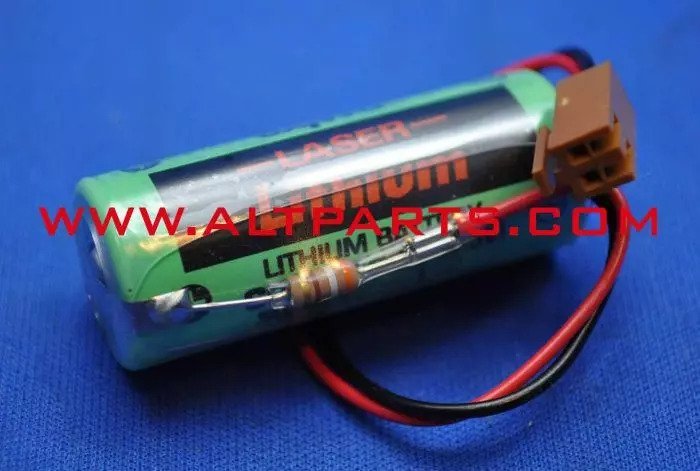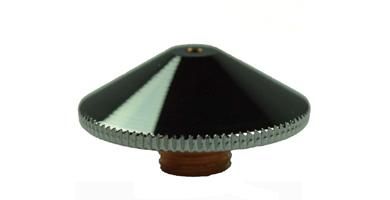Laser welding is a process to join together metals or thermoplastics using a laser beam to form a weld. It needs the high-intensity laser beam to form metals or thermoplastics. The laser weld formation takes place with intense laser light and heats the material rapidly.
It allows small size perfect welding with the help of amada parts and bystronic parts in small areas and is the new emerging technology with precision, high speed, flexibility, and less distortion.

Now, let’s understand the way laser welding operates:
Laser welding is the continuous process of pulsed laser beams. We can divide the laser welding principle in heat conduction welding and deep penetration laser welding. It combines with conventional welding processes and is useful in soldering.
When the power density is less than 10~105 W/cm 2, it is called a heat conduction welding. During this time the welding depth is shallow. You can easily join the thin parts like amada parts and bystronic parts and visible edges. The depth is normally below 2.5mm and maximum its ratio is 3:1.
When the power density is more than 105~107 W/cm2, the metal surfaces recess into a hole while heating, forming deep penetration welding. Deep penetration welding features provide fast welding speed and large depth to width ratio (D/W).
Usually, the D/W ratio of welding can be up to 12:1 and can go up to 51mm.
Going further, here are its types:
1. Heat conduction laser welding:
In heat conduction laser welding, the laser beam melts the mating parts along with common points. The molten materials flow and solidify to form the weld.
While following this method, the laser energy shifts to the workpieces solely via heat conduction. Heat conductivity of the workpiece limits maximum weld depth. Hence, the width of the weld is greater than its depth.
Usually, it is useful for applications which require an aesthetic welding or when particulates concerns such as certain battery sealing applications.
2. Deep Laser Penetration:
When the power density is big, the heat is not able to disperse it quickly. The workpiece is beyond melting and it just vaporizes.
The vaporizing material expands and creates a keyhole from the surface to the depth of the weld. The laser beam moves across the surface of the workpiece, this in turn helps the keyhole follow and create the deep and narrow weld.
3. Hybrid Laser Arc Welding:
Laser welding is useful in conjunction along arc welding to create a Hybrid Laser Arc Welding.
In hybrid laser arc welding, we can use any one of the arc welding processes like MIG, TIG, or SAW with deep penetration laser welding.
This results in having deep penetration joints and also improves tolerance. Other undesirable effects like cracking and internal porosity also reduces.
4. Weld Joint Configurations
Welding joints are the configuration of two pieces of metal or more which we weld together. This configuration is an important factor to determine whether a joint will withstand the load on it or not.
There are 5 basic joints which follow the American Welding Society (AWS) and many other standards.
Additionally, there are different types of welding joints like butt welding, tee welding, lap welding, corner welding, and edge welding and they require parts like amada parts, bystronic parts and many others which are very famous.
The types of welding lasers:
There are numerous types of laser welding machines and each of them has unique advantages and features that are perfect for specific applications.
1. Fiber laser:
Fiber lasers are useful for applications like welding small parts together which are useful in engineering, medical, or electronic industries. Also welding thick materials in the automotive and aerospace industries. Fiber lasers are very versatile and a low-cost way of achieving high-quality spot welds.
2. Nd: YAG Laser:
Nd: YAG Pulsed Laser creates different pulses of controllable energy which we can shape to create perfect weld. This type of laser is suitable for producing large spot welds, as well as deep.
This type of Laser is suitable for producing large spot welds, as well as deep spot and seam welds.
3. Diode laser:
Diode lasers are perfect for high-speed welding and deep penetration welding. They produce high welds at very low heat input.
Why laser welders are perfect for beginners:
- The laser welder does not need design software. They are easy to operate and one can learn to handle them easily within a few hours. While working with them you only have to focus on the area on which you want to weld and press the button and start welding.
- The handheld laser welder replaces the previously fixed light path with a handheld type, this makes laser welding possible not only in the long-distance outdoor operation but also for small and hard to reach points.
- It adopts a high power laser source and creates a firm and high-quality well in a short time.
- The machine is compact and does not need installation, you just need to plug and play!
Final words:
Having laser welding is the first step for setting up your business. Working with laser welding machines can be easy and comfortable if you know which one is suitable for your use.



